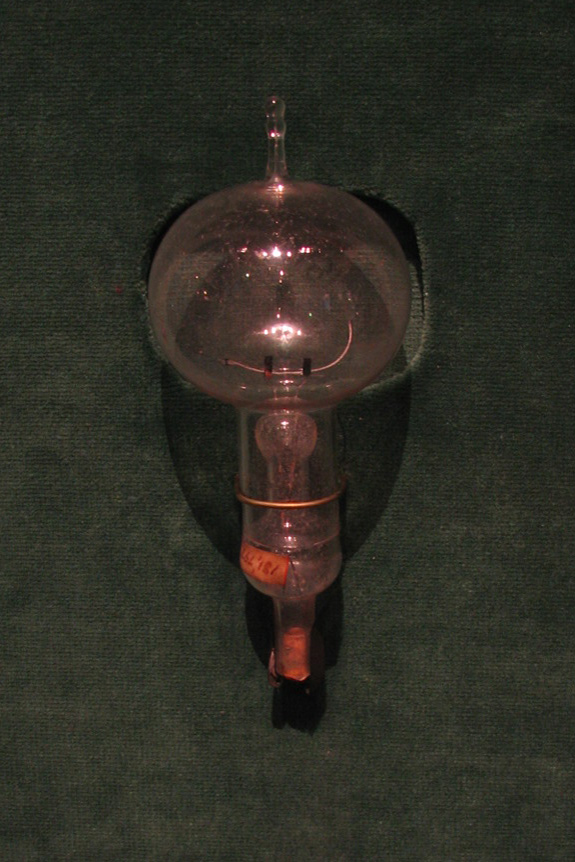
January 27 1880 – Shevat 14 5640
Menlo Park, NJ
Thomas Edison received a patent for his electric lamp.
Between 1878 and 1880 Edison and his team worked on at least 3,000 different theories to develop an efficient incandescent lamp. Incandescent lamps use electric current to heat a thin strip of material until it glows from the heat it produces. Edison’s lamp was made of a vaccum glass bulb that he produced in a shed next to his Menlo Park, NJ lab, and a thin thread inside. In October 1879, after many experiments, Edison used almost by mistake a carbonized cotton thread filament and ran voltage through it. It was glowing for fifteen hours. Rumor has it, that Edison was sitting by the glowing lamp watching it for these 15 hours.
Today we know that light bulbs with a carbon filament were first demonstrated by Joseph Swan in February 1879, but Edison is still considered the inventor of the electric light bulb.
Today’s average life for a CFL lightbulb is 20,000 hours; in a California fire station, a traditional lightbulb celebrated more than 116 years of lighting, or over 1,000,000 hours! Watch here.
